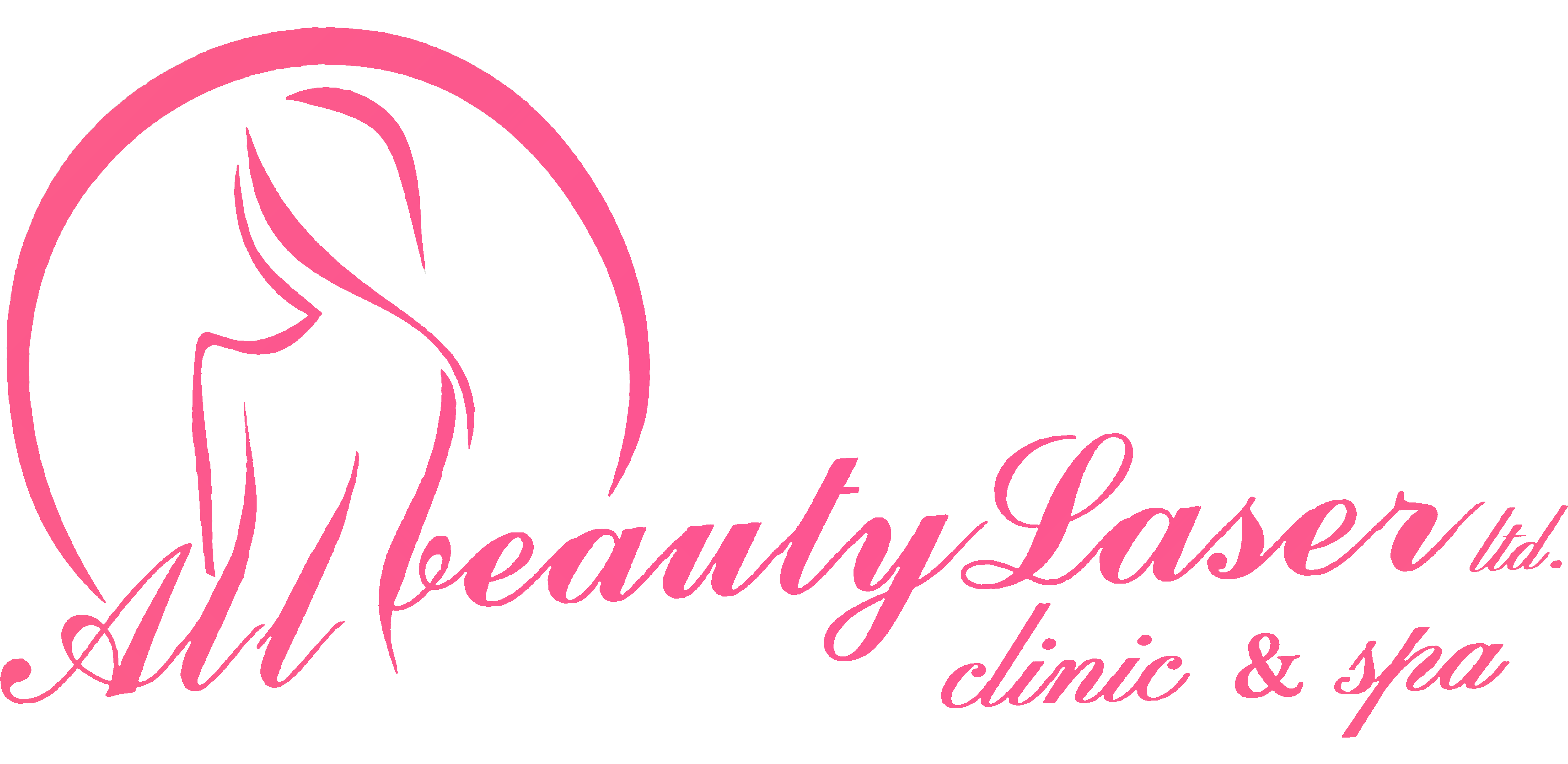Acupuncture and Cupping Therapy
Acupuncture is an ancient Chinese medical technique that involves the insertion of very thin needles through your skin at strategic points on your body. It is a key component of traditional Chinese medicine and is most commonly used to treat pain. However,
Acupuncture is said to be useful in addressing a variety of health conditions
Anxiety
Arthritis
Chronic pain (such as headaches, back pain, neck pain)
Depression
Insomnia
Migraines
Nausea
Sciatica
Sinus congestion
Stress and anxiety
Tinnitus
Weight loss
Cupping therapy is a traditional Chinese and Middle Eastern practice used to treat a variety of conditions. specifically, it used to relieve pain because of stagnation.
Cupping can either be dry or wet
Acupuncture:
Method: Involves inserting thin needles at specific points on the body.
How it Works: Aims to balance the body’s energy flow (Qi) and stimulate the body’s natural healing processes.
Uses: Primarily for pain relief, stress, anxiety, and various other health issues.
Cupping:
Method: Uses cups placed on the skin to create suction.
How it Works: Enhances circulation, relieves muscle tension, and promotes tissue repair.
Uses: For muscle pain, inflammation, and to improve overall well-being.

Frequently Asked Questions
Acupuncture is a traditional Chinese medicine practice that involves inserting very thin needles into the skin at specific points on the body to balance energy flow. It is often used to relieve pain and treat various physical, mental, and emotional conditions. Cupping, on the other hand, involves placing cups on the skin to create suction. The suction may help with pain, inflammation, blood flow, relaxation, and well-being, and as a type of deep-tissue massage.
Acupuncture is known to treat various conditions including chronic pain, migraine, arthritis, insomnia, depression, anxiety, infertility, and gastrointestinal disorders. Cupping is typically used for pain relief, muscle relaxation, improving circulation, and to help with respiratory issues and skin conditions. However, the effectiveness for various conditions can vary and should be discussed with a qualified practitioner.
Acupuncture is generally safe when performed by a trained practitioner using sterile needles. Common side effects include soreness, minor bleeding, or bruising at the needle sites. Cupping can also cause temporary bruising and soreness. Certain conditions, like bleeding disorders or being pregnant, may require caution or different approaches in these treatments.
Before the session, it’s usually recommended to eat a light meal a few hours prior and wear loose, comfortable clothing. During acupuncture, needles are inserted at specific points and left in place for a while. With cupping, cups are placed on the skin for several minutes. Both treatments are generally not painful, but you might experience a mild aching sensation or relaxation. It’s important to discuss any concerns with your practitioner beforehand.
![All Beauty 03 [none LTD] 2 All Beauty 03 [none LTD] 2](https://allbeautylaser.ca/wp-content/uploads/2023/09/All-Beauty-03-none-LTD-2.png)
